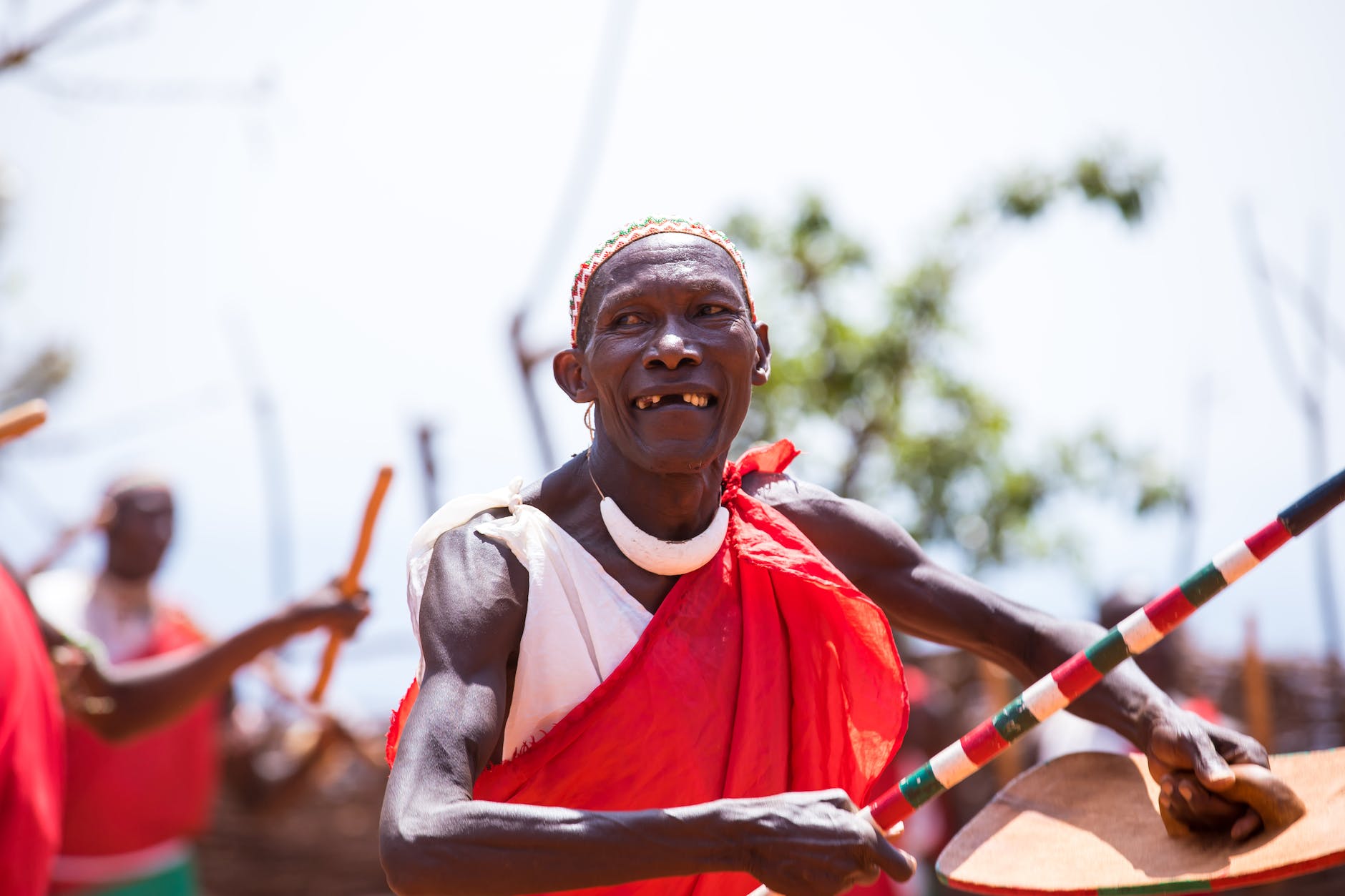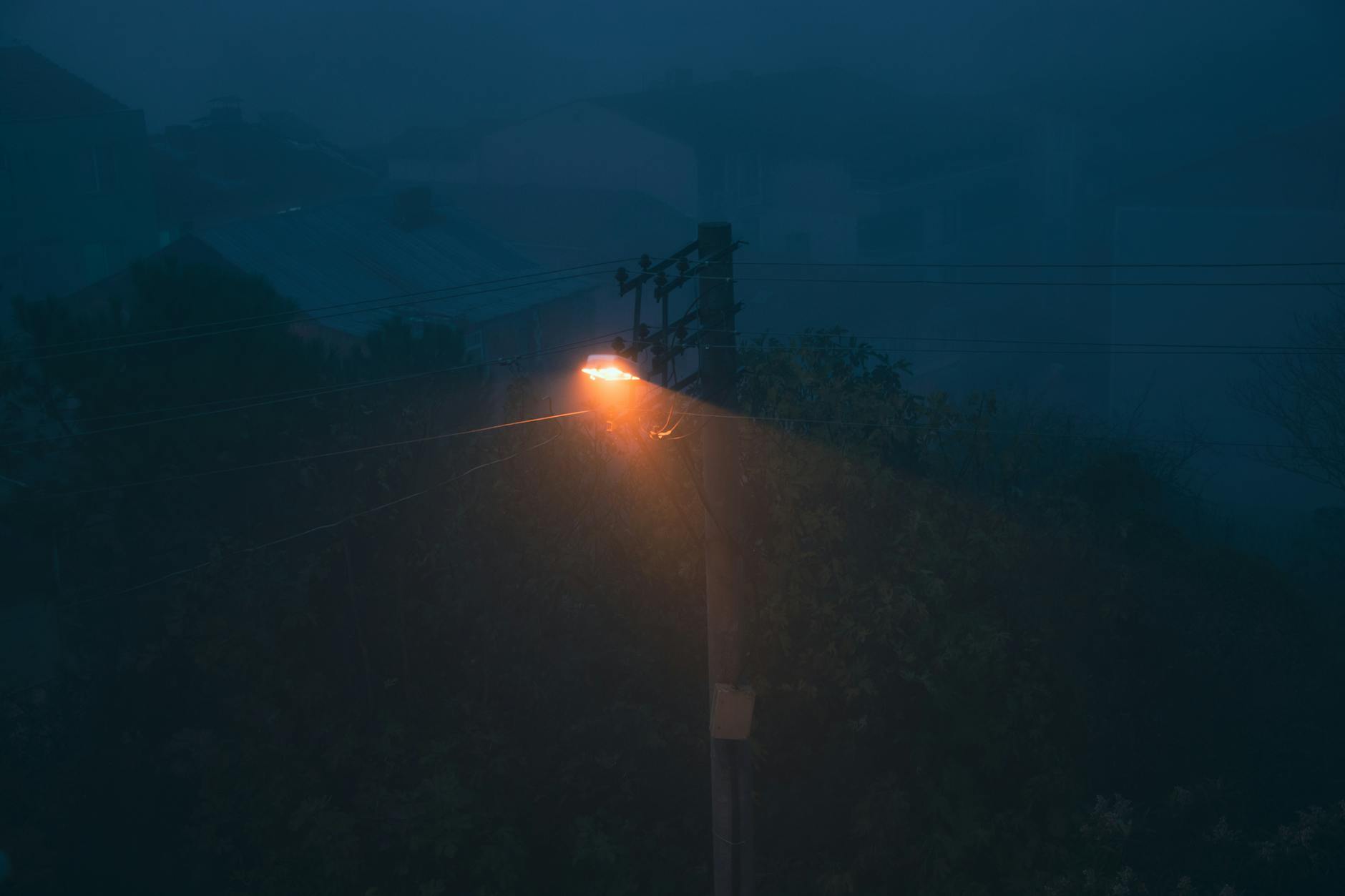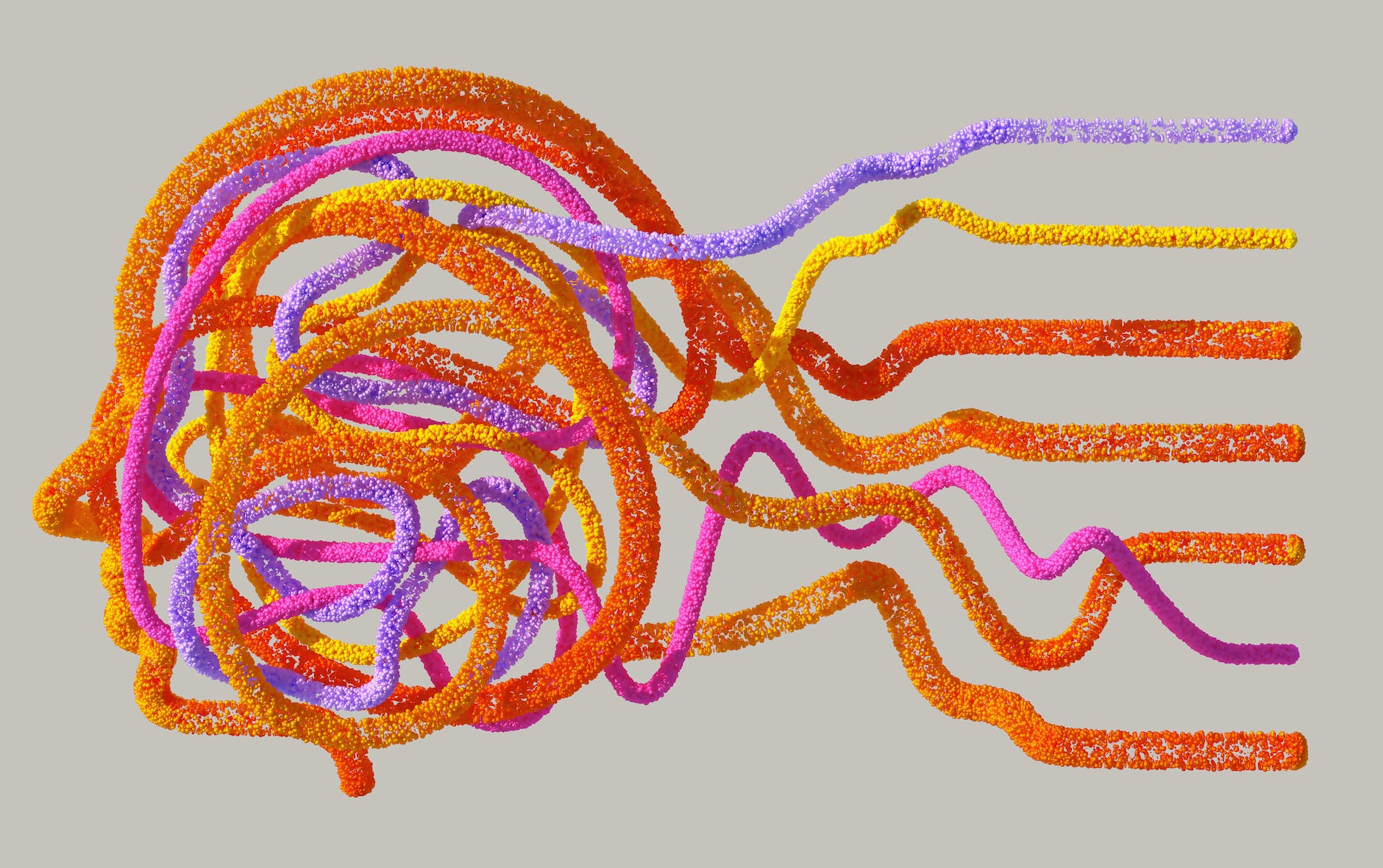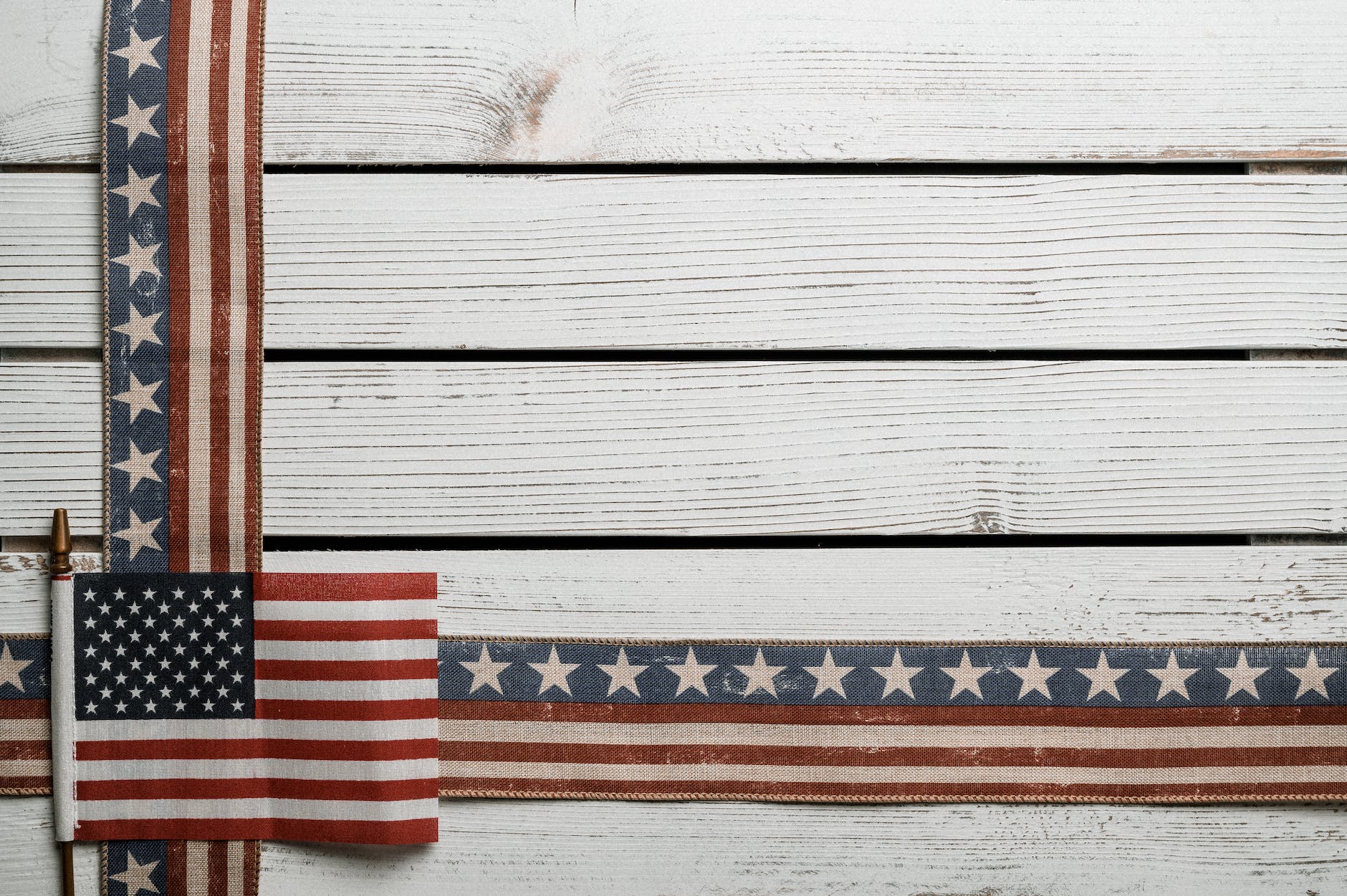Music and visual cultures worldwide have been categorically impacted by the influence of psychedelics. Whether it’s through an explosion of vibrant colours on concert posters or esoteric soundscapes resonating through music culture, psychedelics have shaped the style and psyche of numerous music and visual countercultures from the 1960s to the contemporary scene.
Starting in the heart of the vibrant 1960s, the counterculture sort to break away from societal norms, finding a vivid new means of expression in the medium of psychedelic rock. Bands like The Grateful Dead, The Beatles, and Pink Floyd experimented with unconventional song structures, sitar-infused melodies, and extended musical jams, evoking the unpredictable, transcendent quality of the psychedelic experience. This prompted an extensive shift in the music culture, encouraging artists from different genres to explore more ethereal landscapes in their compositions.
Beyond the music itself, the psychedelic influence found its snaking roots embedded deeply in visual arts. Bursting with cosmic tones, posters advertising concerts and music festivals were drenched in psychedelic aesthetics. The style was an orchestrated chaos of intricate patterns, vibrant colours, swirling fonts, and distorted, surreal imagery. Iconic visual artist Victor Moscoso, famous for his psychedelic poster and album cover designs, once reflected: “The aim was to produce something that was beautiful and psychedelic – I wanted people to get lost in the posters.”
Furthermore, psychedelics have consistently served as a conduit for increasingly dynamic, immersive experiences at music festivals. The pioneering Monterey Pop Festival of 1967 featured a “psychedelic circus” with light shows and zoo animals, setting a precedent for future events. Today, festivals like Burning Man and Coachella incorporate psychedelic-inspired elements into their visual spectacles, from elaborate light shows and vibrant installations to kaleidoscopic stage designs.
In an unexpected twist, the psychedelic experience has transcended the conventional and ventured into the digital realm. Visual effects have become a mainstay in modern-day music videos, especially within the electronic music genre. These effects often feature fractal geometry and saturated colors—imagery intended to mimic and reflect the visual synesthesia induced by a psychedelic experience, giving rise to a new level of audience immersion.
The cover art of music albums, too, has been revolutionized by these substances. The entity-breaching album covers of artists like Pink Floyd (think ‘The Dark Side of the Moon’) and The Jimi Hendrix Experience (‘Axis: Bold as Love’) seem to offer a glimpse into the psychotropic experience, putting the dynamism of visual culture on full display. In the present day, artists such as Tame Impala continue this legacy of marrying music with an unmistakable psychedelic aesthetic.
In conclusion, no exploration of music and visual culture can be complete without recognizing the profound influence psychedelics have had on shaping these realms. The trippy journey takes us through the realms of psychedelic rock to surreal concert posters and music festivals, making a stop for a sensory overload of visual effects before culminating in the art of album covers. Today, the psychedelic aesthetic is not just a remnant of the vibrant ’60s and ’70s counterculture. It continues to permeate contemporary culture, enduring as a mesmerizing influence on the intertwined worlds of music and visual arts. From album covers to music festivals and visual effects, it is apparent that the colorful and hallucinogenic experience of psychedelics continues to resonate in our collective creative consciousness.








